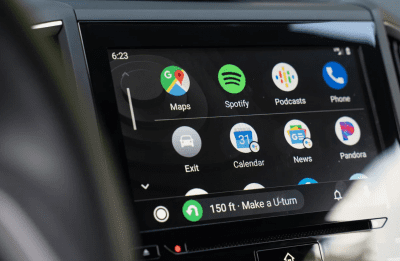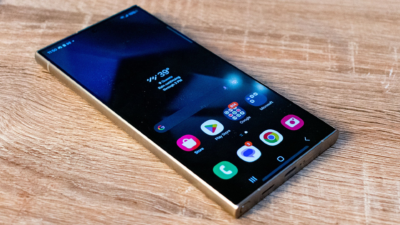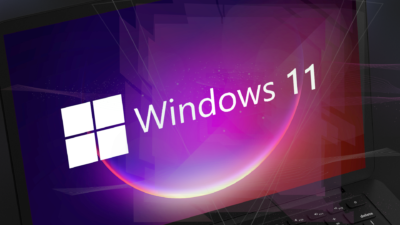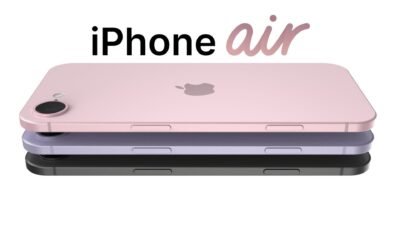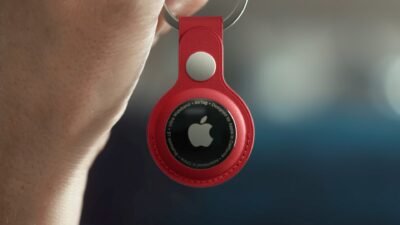Firefox 133 Brings Big Changes for Android Tablets and Foldable Devices

Firefox continues to challenge Google Chrome’s dominance in the web browser market by focusing on user-centric features and an independent approach to development. Unlike Chrome, Edge, and other popular browsers that rely on the Chromium engine, Firefox uses its own engine, giving its developers the flexibility to innovate differently. The latest Firefox version 133 for Android, released on November 26, introduces features tailored for large-screen devices, enhancing the browsing experience for tablet and foldable phone users.
Firefox’s Unique Approach: Independence and Extensions
One of Firefox’s standout differences from Chrome is its support for browser extensions on mobile, a feature Chrome lacks. With version 133, Mozilla takes its commitment to user-centric features further, addressing security and usability with key updates.
This version resolves several security issues and introduces a new privacy-focused feature: clipboard content is now treated as sensitive material in Private Browsing mode. However, the most impactful update is a change designed specifically for users of large-screen devices.
Desktop Sites by Default for Large Screens
Firefox 133 now loads desktop versions of websites by default on Android tablets and foldable devices. This update makes excellent use of the larger screens found on tablets and book-style foldables, like the Pixel 9 Pro Fold, where desktop-scaled websites offer a better browsing experience than their mobile counterparts.
Mobile-optimized websites often look awkward on larger screens because they are designed for narrow, tall devices. By defaulting to desktop versions, Firefox eliminates this issue, offering a more natural and visually appealing browsing experience.
A Welcome Change for Foldables and Tablets
This move is particularly significant for foldable devices, a market Firefox now directly addresses. While Google Chrome made a similar change for certain Android tablets late last year, it excluded foldable phones from the update. Firefox takes it a step further by ensuring that both tablets and foldables benefit from this new default.
For users who prefer mobile versions of websites or find the desktop scaling inconvenient, Firefox includes an option to revert to the previous behavior. You can adjust this setting by navigating to Settings → Site Settings (previously called “Site Permissions”).
Not Revolutionary, but Important
While Firefox’s shift to desktop sites on large screens isn’t entirely unique, it highlights Mozilla’s focus on creating a better browsing experience for Android users across different device types. The update aligns with the evolving use cases of tablets and foldables, ensuring Firefox remains competitive in a crowded browser market.
Conclusion
With version 133, Firefox cements itself as a browser that listens to its users and adapts to new trends in technology. By prioritizing usability and privacy while catering to the unique needs of tablets and foldables, Mozilla offers an alternative to Chromium-based browsers. Whether you’re using a tablet, foldable phone, or a standard smartphone, Firefox continues to deliver a versatile and secure browsing experience tailored to modern demands.
Digital marketing enthusiast and industry professional in Digital technologies, Technology News, Mobile phones, software, gadgets with vast experience in the tech industry, I have a keen interest in technology, News breaking.
